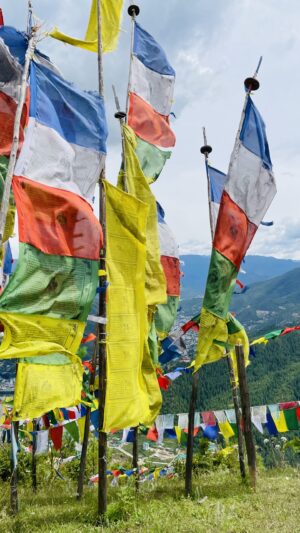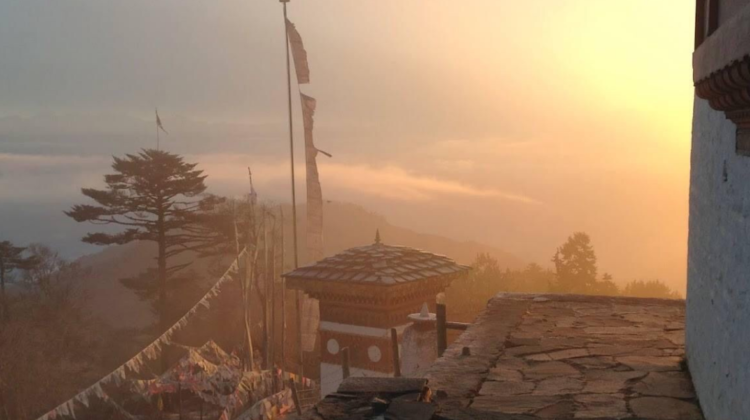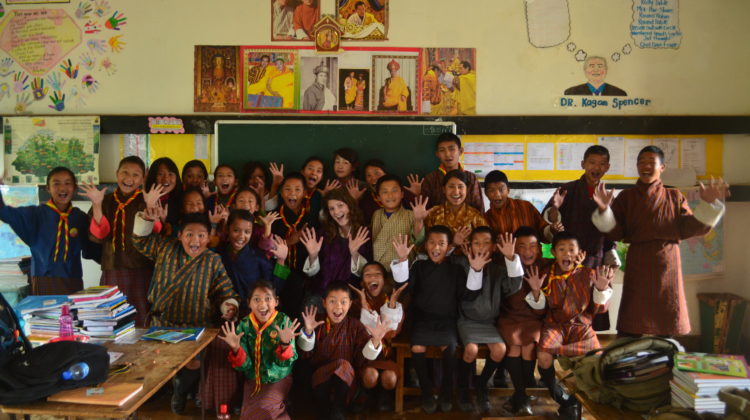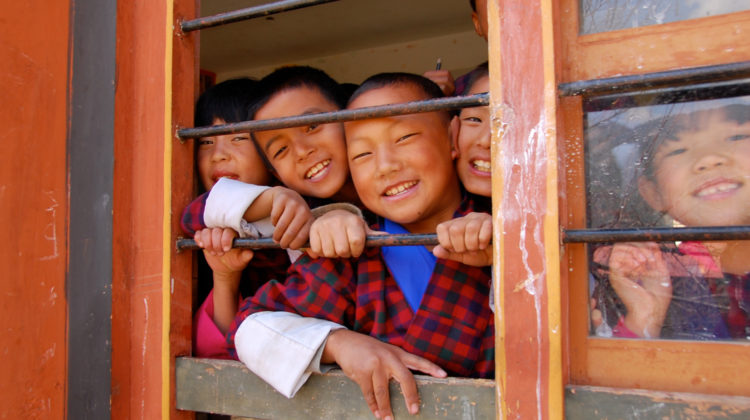How did you first get involved with the Trans Bhutan Trail?
I was initially working with the Tourism Council of Bhutan (TCB) as a programme officer and was assigned as a representative to the Trans Bhutan Trail from TCB. That is where I got started with the Trail and have continued on since.
Can you tell us a little bit more about your previous experiences before joining the Trail team?
Prior to joining the team here at the TBT, I was an elected Member of Parliament representing the Dzongkhag of Gasa.
How do you think that the Trans Bhutan Trail contributes or can bring a positive change to society? How, do you believe, will the trail benefit the people?
The trail will bring a large number of benefits to all aspects of society. For the more rural communities in the country, it will bring economic growth as well as serve as a platform for these communities to interact with the people coming to hike from outside.
It will also benefit the younger generations of Bhutan, especially those who have not really experienced life in the village. They will get a chance to experience the environment and walk the trails that our forefathers worked so hard to build Bhutan on.
What would you tell someone who is thinking about donating and volunteering in this project? Why should someone from, say Canada, travel to try this Trail?
This project will provide a positive impact to the youth and the villagers that live along the trail.
“For someone it is just a trail but for villagers it is their lively hood”
I would also definitely encourage people to volunteer as even a small bit of effort from an individual would really mean a lot to this project.
For someone from Canada or abroad, I would recommend they try traveling this trail because the TBT is a very unique trail. It remains a largely un-walked trail, having been recently redeveloped, with many positive aspects, even compared to other trails around the world.
The TBT has even become a member of World Trails Network within a short span of time through the help of the people here and the Bhutan Canada Foundation.
What would you say are some of the successes of this project? What is its significance?
We were able to build and develop this trail within a very short span of time comparatively, both thanks to the people working on the trail as well as the support from the Bhutan Canada Foundation.
The major significance of this trail is it’s size. The trail stretches across 9 Dzongkhags, 27 Gewogs, and a National Park.
What do you find most challenging about this project?
The most challenging of this project is the fact that this is all a learning process and understanding that Nature plays its part. We have never really worked on trail building before so the development of the TBT is a continuous process that we are constantly learning from.

Tell me about some of the people you have met while working with TBT and what was their opinion about the trail restoration?
I met lot of people from all walks of life that live and work along the trail. Their opinions about the trail restoration has been consistently positive and open and very welcoming in regards to this initiative.
What has surprised or made you interested in working with Trans Bhutan Trail? What have you personally learnt while working with the Trail Team?
I very much like working with and on the Trans Bhutan Trail especially as it is something I am passionate about. I have learned a ton about trail building. It involves lots of technical aspects and developing public relationships is really important.

What has been your favourite section/part of the Trail so far? Why?
My favourite part of the TBT is the section from Sengor to Limithang. It is very challenging and it tests your endurance.
What was the main reason for establishing the trail? Why now?
The main reason for establishing this trail is to help connect past to the present.
I feel that this has been a timely opportunity. If we had waited for too much longer then we might not have had the ability or chance to revive the trail.
How is it different from other treks in Bhutan?
The TBT is unique from from other trails in Bhutan in that it connects eastern Bhutan to Western Bhutan.








